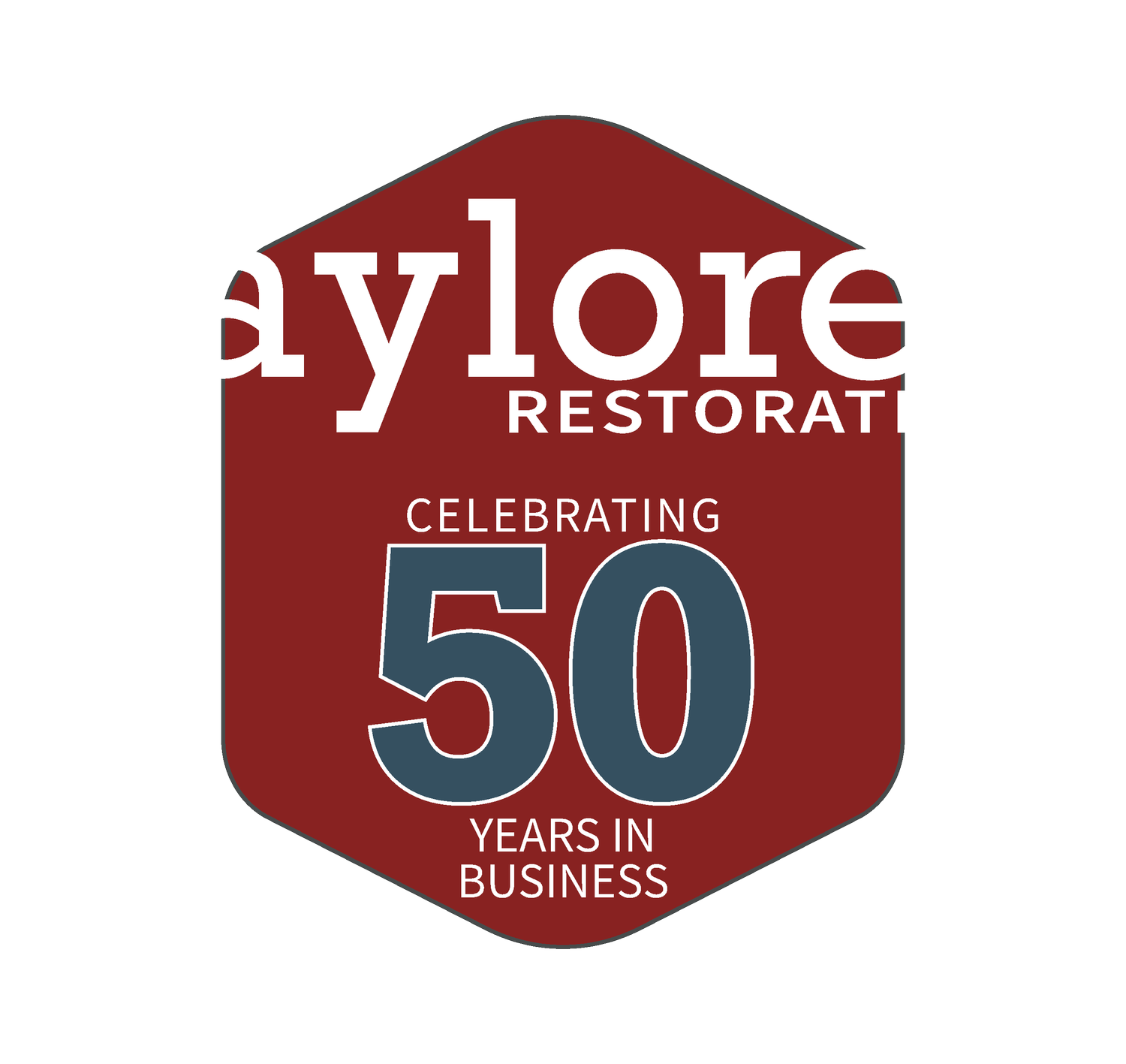How to Build to Prevent Wood Rot
Wood rot is a common problem in older homes, but it can be prevented in new construction by building with proper materials and processes. If you’re thinking about starting an outdoor project with wood material, check out these tips below to ensure you won't have to deal with wood rot in the future.
Use an oil-based primer. When priming wood for outside use, make sure to prime all six sides of your lumber before installation. Don’t forget about the ends - they are very susceptible to water absorption. Oil-based primers are the best at penetrating and protecting wood and are the most reliable option for providing water resistance.
Build with rot-resistant wood. Use rot-resistant hardwood like Teak in your exterior projects when possible. This exotic wood not only resists rot but also insect damage. If these are out of your budget, try Red Cedar or Cypress for a more affordable option.
Use plug fasteners. Water can still get inside wood planks through the screw and nail holes even if you’ve primed properly. This not only causes rot but will also rust your hardware. Plug fasteners will help prevent this. Plug fasteners are glued into to the hole after the screw or nail is inserted to create a water-tight barrier.
Allow wood the opportunity to dry. Wood needs to dry out completely after it gets wet to prevent rot. To ensure this happens, make sure your wood planks are able to get proper airflow so they will be able to dry properly. When building, don’t allow your wood to come into contact with the ground or cement, which can trap water. Proper spacing of wood planks is also important - use a carpenter’s pencil in between boards to space them out properly.
Create sloped surfaces. Create sloped surfaces to repel water when constructing your outdoor project. Building flat surfaces, like a railing, will cause water to pool, sit on the surface and damage the wood. This can be prevented by angling or sloping your wood when building and installing. Water and snow will be able to shed off easily, preventing damage.

